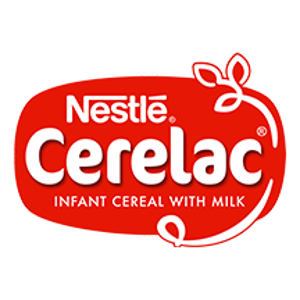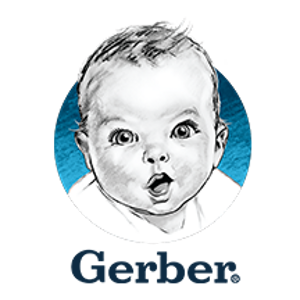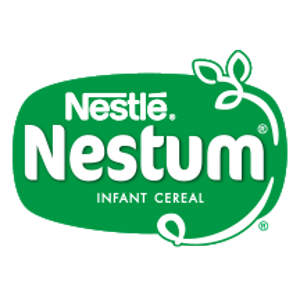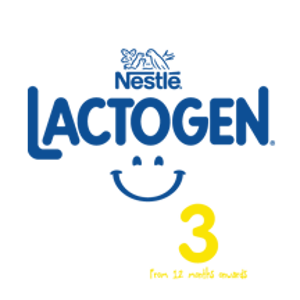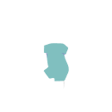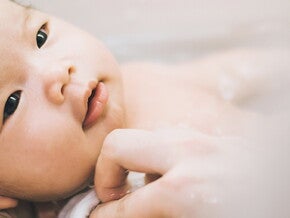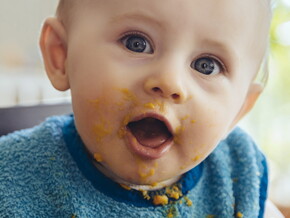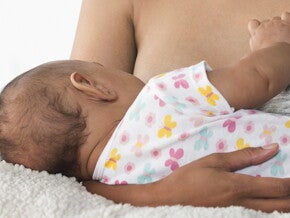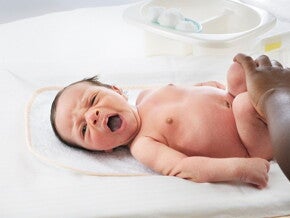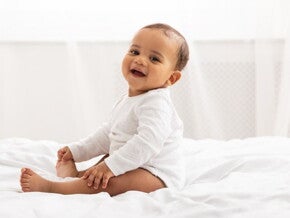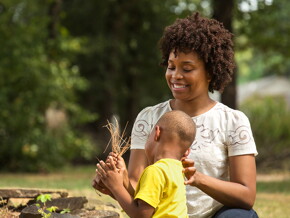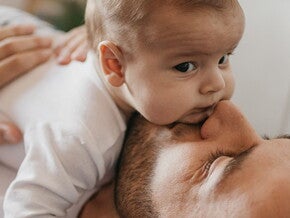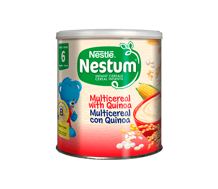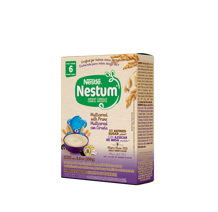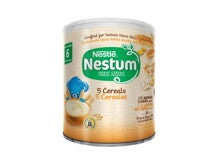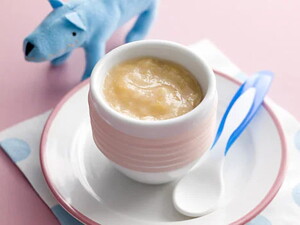
Baby Teething Symptoms
Learn to spot early teething symptoms and provide comfort for your baby. Find tips on soothing teething pain and knowing when to consult a pediatrician.
Teething is a significant milestone in a baby’s development that brings both excitement and challenges for parents. As a mother, understanding what to expect during this phase can help you better support your little one. The process of teething usually begins around six months of age, and knowing about teething symptoms in advance can prepare you for the changes your baby will experience.
During teething, your baby’s first set of teeth, known as primary teeth, begin to emerge through the gums. This natural process marks the start of your baby’s journey toward chewing solid foods and developing their speech.
While teething is a normal part of growth, it can be accompanied by various signs and symptoms that may cause discomfort for your baby. We will explore the common teething symptoms, how to recognize them, and effective ways to soothe your baby.
First Teething Symptoms
As your baby begins the teething process, you may notice several early signs that indicate their first teeth are on the way. These initial teething symptoms can vary from baby to baby, but there are some common indicators to watch for:
- One of the earliest signs of teething is excessive drooling. You may find your baby's clothes and face frequently wet as their salivary glands work overtime.
- To soothe their tender gums, babies often chew on anything they can get their hands on. From teething rings to their own fingers, this chewing helps relieve some of the discomfort they are feeling.
- As teeth push through the gums, it can cause discomfort and pain, leading to increased irritability and fussiness in your baby. You might notice they are more difficult to soothe during this time.
- You may observe that your baby’s gums appear swollen and red where the teeth are emerging. Gently feeling their gums with a clean finger can sometimes reveal a small bump where the tooth is about to break through.
- Babies might refuse to eat or drink as usual because sucking can cause more pressure and discomfort on their gums. Alternatively, some babies may want to feed more frequently for comfort.
- The discomfort associated with teething can disrupt your baby’s sleep, leading to more frequent night waking and shorter naps during the day.
Recognizing these first teething symptoms can help you understand what your baby is going through and provide the necessary comfort and care to ease their teething journey.
How to Help with the Teething Symptoms
Helping your baby through the teething process involves providing comfort and relief to ease their discomfort. Here are some effective strategies to help manage teething symptoms:
Teething Toys and Rings
Offering your baby a variety of teething toys or rings to chew on can provide significant relief. These toys are designed to be safe and soothing for tender gums. For extra comfort, you can chill them in the refrigerator (but never freeze them) to provide a cooling effect.
Gentle Gum Massage
Using a clean finger, gently massage your baby’s gums. The pressure can help alleviate some of the discomfort and reduce irritation. Ensure your hands are clean to prevent introducing any germs into your baby’s mouth.
Cold Washcloth
A cold, damp washcloth can also be soothing for your baby to chew on. The texture and coolness provide relief and help reduce inflammation in the gums.
Pain Relief Medication
If your baby seems particularly uncomfortable, consult with your pediatrician about using infant pain relievers such as acetaminophen or ibuprofen. Always follow the dosage instructions provided by your healthcare provider.
Teething Biscuits
For babies who have started on solid foods, teething biscuits can be a helpful option. They provide something firm yet safe to gnaw on, helping to alleviate teething discomfort.
Comforting Routines
Sometimes, all your baby needs are extra cuddles and comfort. Rocking, singing, or simply holding your baby can help soothe their irritability and provide reassurance during this challenging time.
Maintain Oral Hygiene
Even before the first tooth appears, it’s important to maintain good oral hygiene. Gently wipe your baby’s gums with a clean, damp cloth after feeding. Once teeth emerge, use an age-appropriate toothbrush and a tiny smear of fluoride toothpaste to keep their new teeth clean.
By incorporating these strategies into your daily routine, you can help your baby feel more comfortable as they navigate through the teething phase. Remember, every baby is different, so it may take some trial and error to find what works best for your little one.
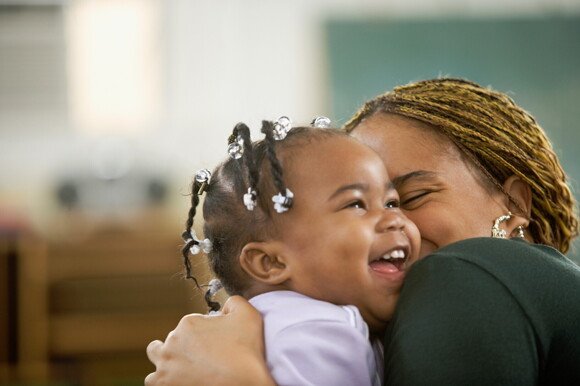
Teething sympthoms alert signs
While teething is a natural process, there are certain signs and symptoms that may indicate a need for medical attention.
It's vital to differentiate between normal teething discomfort and symptoms that could be cause for concern. Here are some signs of alert in teething:
- Mild fever is sometimes associated with teething, but if your baby has a high fever (above 101°F or 38.3°C), it is unlikely to be caused by teething alone. A high fever could indicate an infection or other illness that requires medical attention.
- While a slight change in stool consistency can be normal due to increased saliva swallowing, severe diarrhea is not a teething symptom. It’s important to consult your pediatrician to rule out gastrointestinal issues.
- Drooling can cause a mild rash around the mouth and chin, but if your baby develops a widespread rash on other parts of the body, it could be an allergic reaction or another condition unrelated to teething.
- If your baby is inconsolable and the usual soothing methods are not working, it could be a sign of more than just teething discomfort. Persistent crying can indicate pain from an ear infection or other health issues.
- While changes in feeding patterns are common during teething, complete refusal to eat or drink for an extended period can lead to dehydration and other health concerns.
- Slight gum swelling is normal, but if your baby’s gums are excessively swollen, red, and bleeding, it could indicate a more serious issue such as an infection or a different dental problem that needs professional evaluation.
- Any other unusual symptoms such as a persistent cough, wheezing, or lethargy should be monitored closely. These are not typically associated with teething and may require medical assessment.
Monitoring your baby for these signs of alert can help ensure that any potential health issues are addressed promptly. Always trust your instincts as a parent; if something feels off or you are concerned about your baby’s health, don’t hesitate to contact your pediatrician for guidance.
By understanding the early teething symptoms, how to alleviate discomfort, and recognizing when to seek medical attention, you can provide the best care for your little one during this period.
Remember, each baby experiences teething differently, so patience and attentiveness are key. With the right strategies and support, you can help your baby navigate through this phase with ease and comfort.
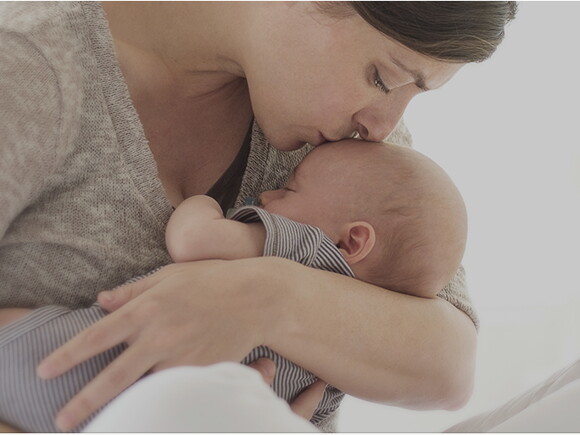
Gain a better understanding of your child's development with the help of our stages


